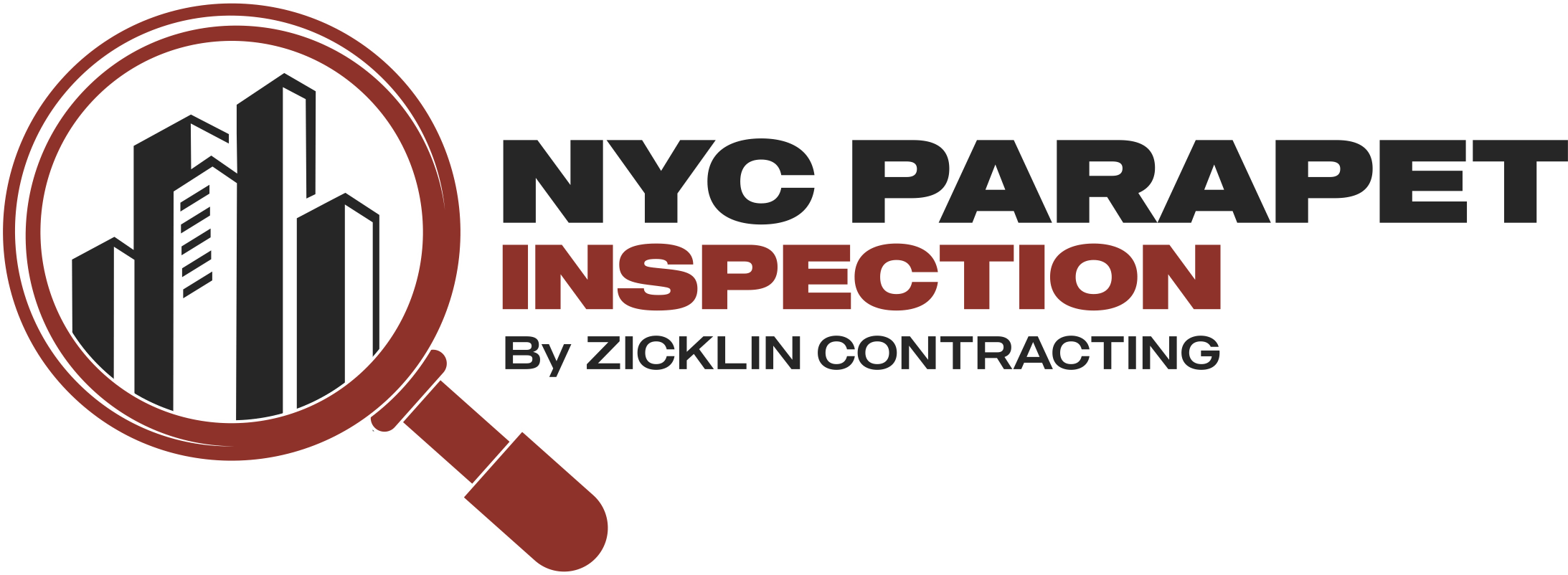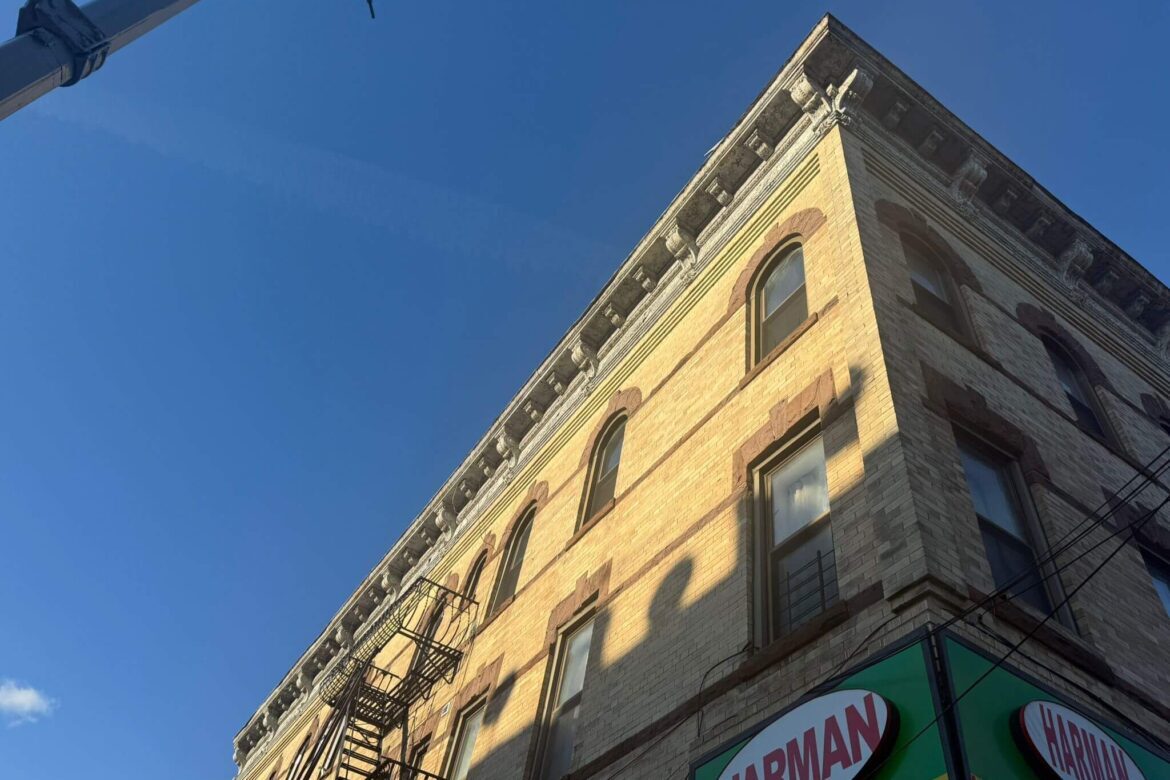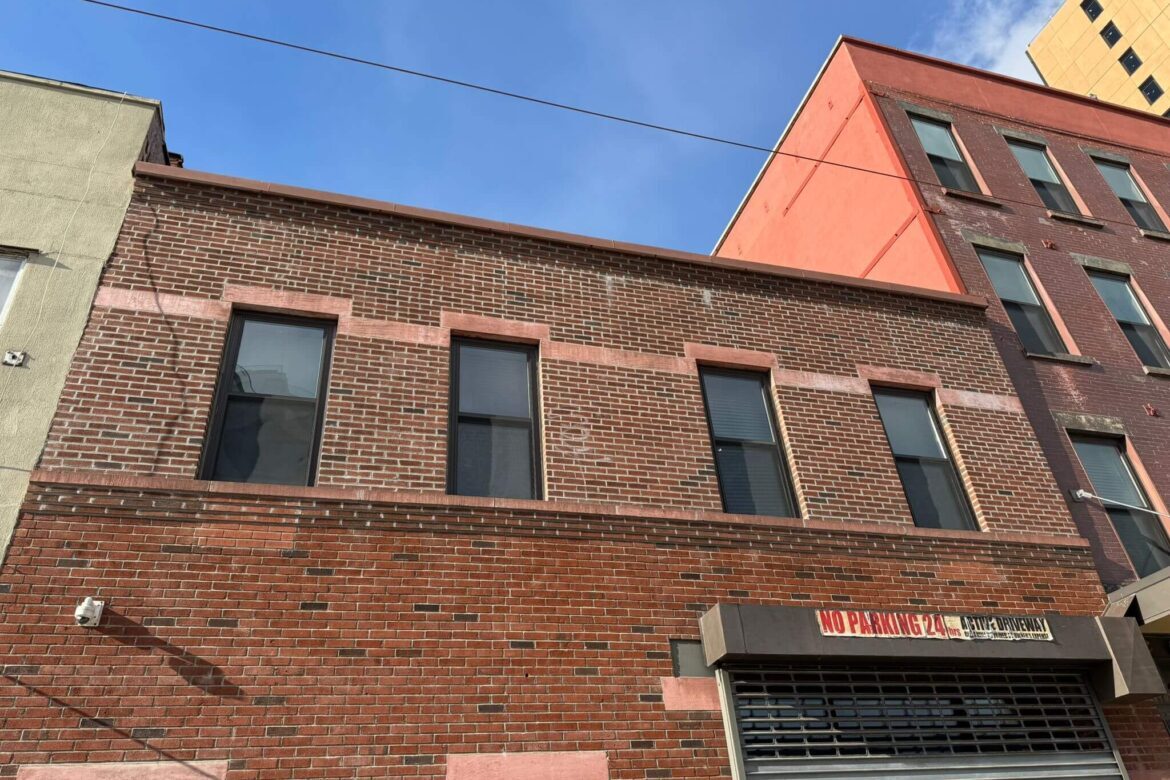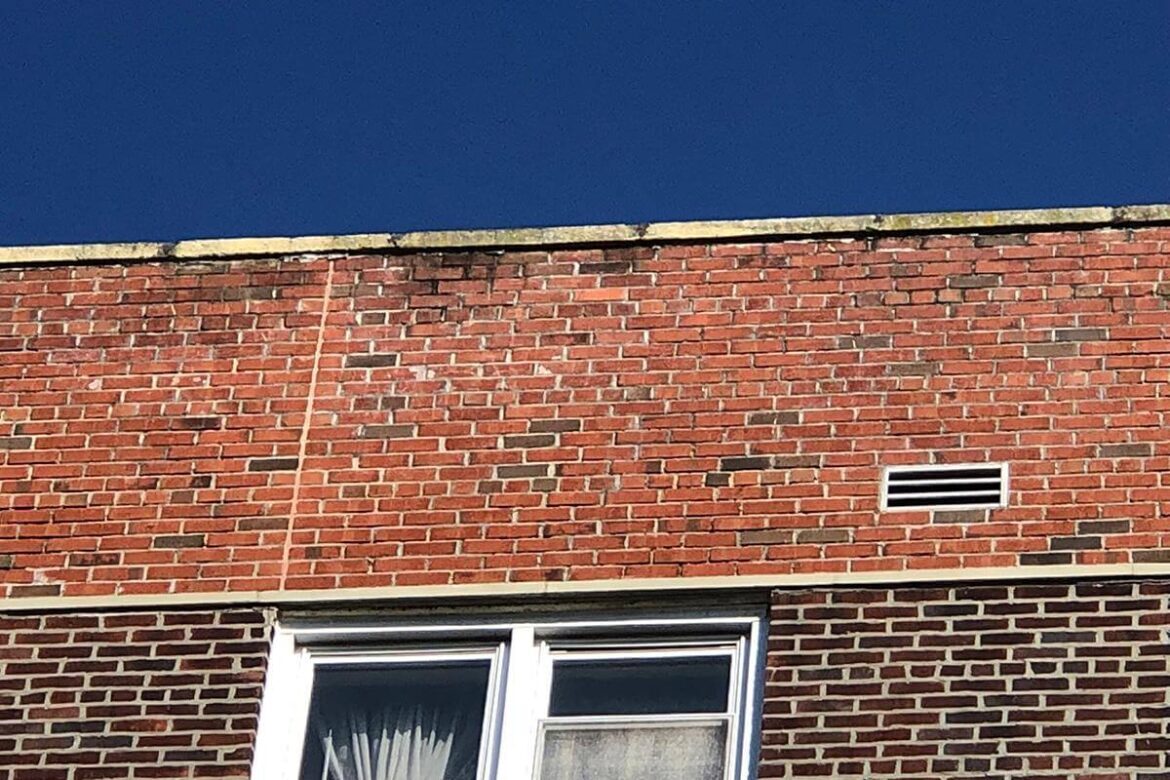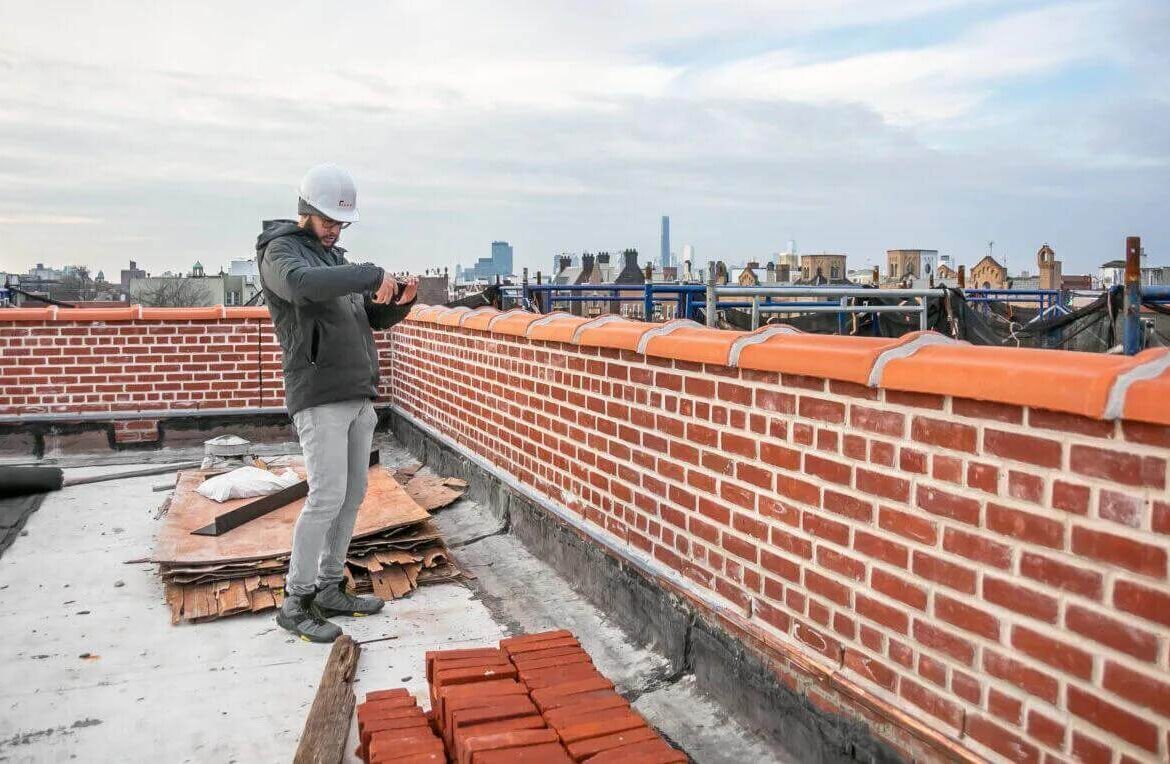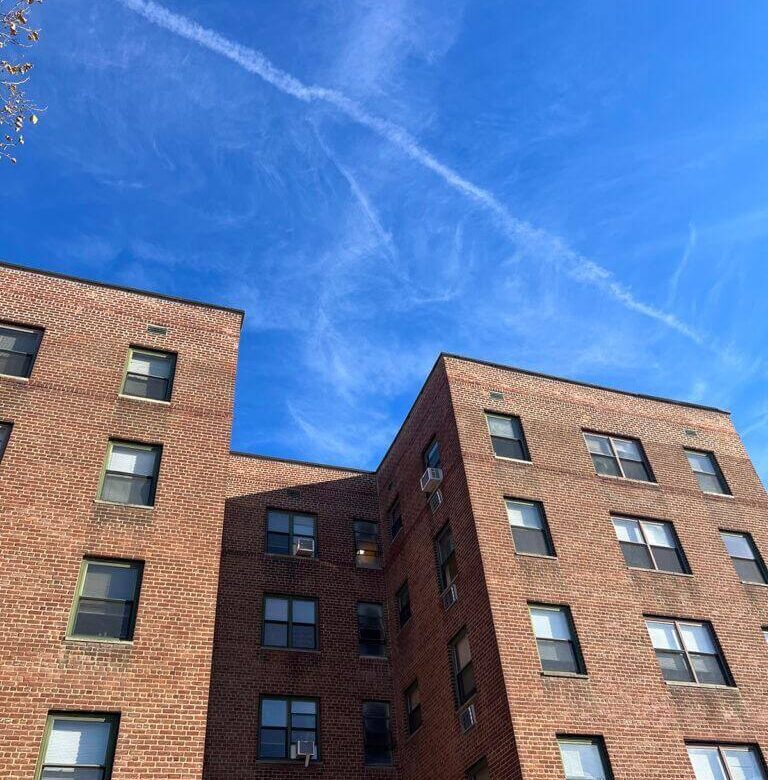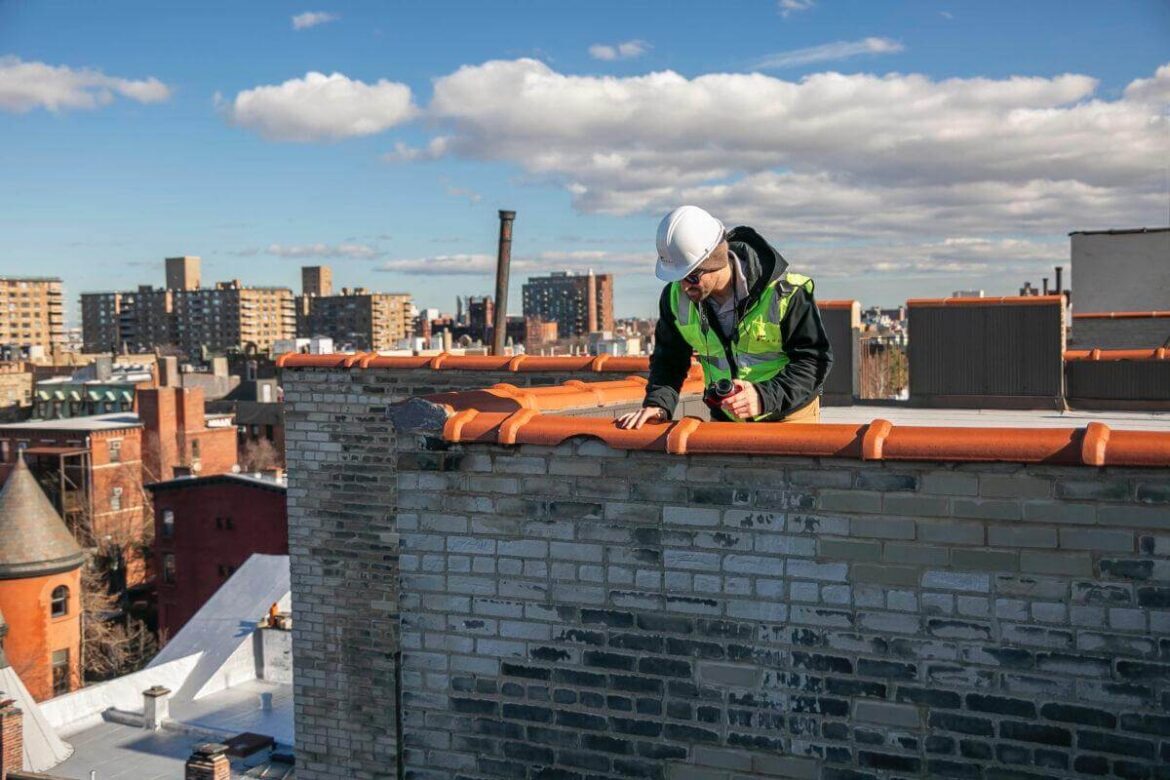How Facade Inspection Identifies Hidden Parapet Damage Before It’s Too Late
Your building’s parapet walls are silent guardians standing watch against the elements—until they’re not. These rooftop warriors face brutal weather, constant temperature swings, and relentless water exposure. The catch? Most damage happens where you can’t see it, slowly turning a stable structure into a safety hazard waiting to happen.
The Invisible Enemy Above
Parapets are the unsung heroes of building architecture, but they’re also the most vulnerable. Think about it—they’re exposed on three sides, making them magnets for moisture infiltration, freeze-thaw cycles, and structural stress. While the damage accumulates quietly behind the scenes, a comprehensive facade inspection can spot these red flags before they escalate into five-figure nightmares.
What Inspectors Actually Look For
Professional inspectors aren’t just glancing at your building from the sidewalk. They’re investigating like architectural detectives, uncovering issues that most property owners never knew existed:
- Moisture traps: Water doesn’t just damage—it destroys. Inspectors identify compromised flashing, failed waterproofing, and hidden cavities where water pools and freezes.
- Mortar deterioration: That crumbling between bricks isn’t cosmetic. Its structural integrity saying goodbye.
- Corrosion patterns: Metal components rust from the inside out, creating hazards that are invisible until it’s catastrophically late.
The Technology Behind the Truth
Modern facade inspection leverages tools that sound like they belong in a sci-fi movie. Infrared thermography reveals moisture problems hiding behind solid-looking surfaces. Drones capture high-resolution images of hard-to-reach areas without the cost of scaffolding. These technologies transform inspections from educated guesses into precise diagnoses.
A typical comprehensive inspection might run between $5,000 to $15,000, depending on building height and complexity—a fraction of the $50,000 to $200,000 you’d spend on emergency parapet reconstruction after a collapse.
Timing Is Everything
Here’s the uncomfortable truth: waiting until you see visible damage means you’re already behind. Cracks that seem minor can indicate severe internal deterioration. That small water stain? It could mean extensive hidden damage spreading through your parapet walls right now.
Buildings in harsh climates should schedule inspections every three to five years. Older structures or those with previous repairs need more frequent attention—annually isn’t overkill when safety and liability are on the line.
The Domino Effect of Neglect
Ignoring parapet issues doesn’t just affect your roofline. Water infiltration cascades downward, damaging interior walls, creating mold hazards, and compromising the entire building envelope. What starts as a $5,000 parapet repair can balloon into $100,000+ in comprehensive restoration work when left unchecked.
Beyond Compliance
Sure, local codes mandate regular facade inspections in many cities, but smart property owners see them as investments rather than obligations. These assessments deliver multiple advantages:
- Legal protection: Documentation shields you from liability claims when you’ve maintained proper inspection schedules.
- Budget planning: Knowing what needs attention lets you allocate funds strategically rather than scrambling for emergency cash.
- Property value: Well-maintained facades with inspection records command higher market values and attract quality tenants.
Take Action Now
Don’t gamble with your building’s safety and your financial future. Hidden parapet damage won’t announce itself with warning bells—it’ll show up as falling masonry, emergency evacuations, or worse. Professional facade inspection gives you the knowledge and power to act before disaster strikes.
Visit nycparapetsinspection.com today to schedule your comprehensive assessment. Your building—and everyone who depends on it—deserves protection that goes beyond what meets the eye. The question isn’t whether you can afford an inspection; it’s whether you can afford to skip one.
